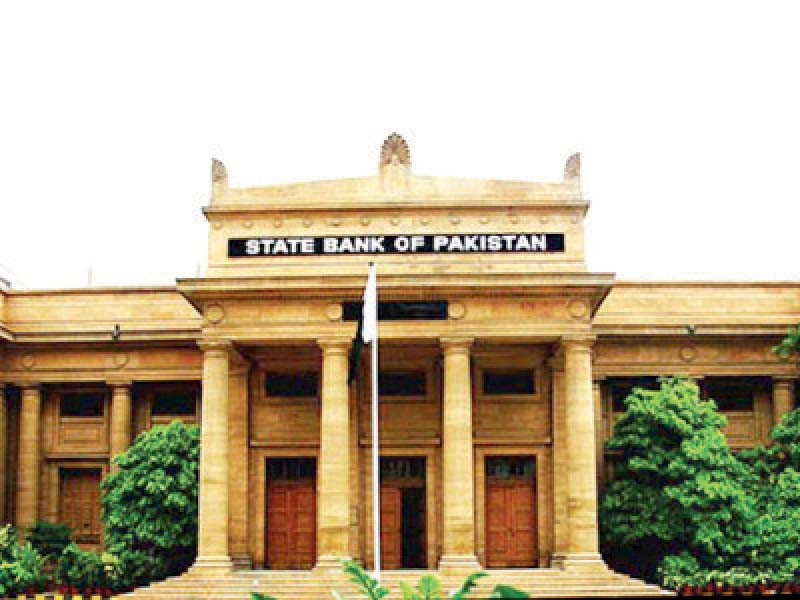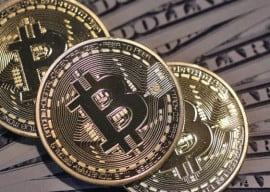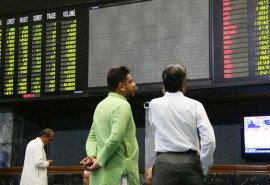
Pakistan has eventually received the much-awaited Saudi Arabian deposit worth $3 billion under Riyadh’s latest bailout package to boost Islamabad's foreign exchange reserves, further augmenting the economic ties between the two countries.
"Good news, $3 billion Saudi deposit received by the SBP [State Bank of Pakistan]," Adviser to Prime Minister on Finance and Revenue Shaukat Tarin tweeted on Saturday.
"I want to thank His Excellency Crown Prince Mohammed Bin Salman and Kingdom of Saudi Arabia for the kind gesture."
The Saudi lending is estimated to improve Pakistan foreign currency reserves to $19 billion -- excluding foreign currency deposits at local banks.
Accordingly, the country's import cover improved to around two-and-half-month considering the monthly import bill hit a record high of $8 billion in November.
The estimated surge in foreign exchange reserves should stop the depreciation of the rupee and help it stabilise against the US dollar and other global currencies.
"The Saudi lending should help the rupee to stabilise at around $175 against the dollar next week," Fahad Rauf, the head of research at the Ismail Iqbal Securities, told The Express Tribune.
The Pakistani rupee hit an all-time low of $176.77 against the greenback in the inter-bank market on Friday.
Prior to the receipt of the kingdom deposits, Pakistan's foreign exchange reserves stood at $16.01 billion in the week that ended on November 26, according to the central bank’s latest weekly update made on Thursday.
The country reserves stood at $22.49 billion in the week including foreign currency deposits at local banks.
"With the receipt of the Saudi deposits, theoretically speaking, Pakistan's foreign exchange reserves have increased to over $19 billion," Rauf estimated.
The central bank updates the position of the country's foreign currency reserves with a slight delay due to the compilation of relevant data.
Accordingly, the actual position of the reserves may differ from the estimated one when it is reported next time.
Tarin has reiterated time and again that Pakistani rupee's actual value stands in range of Rs165-167 against the US dollar.
Speculators, however, undervalued it by around Rs10.
The Saudi deposits and International Monetary Fund’s (IMF) next tranche worth $1 billion would cause "speculators to take a big hit [of around Rs10]."
To recall, it is no more the State which determines rupee-dollar exchange rate. However, market forces – mostly the commercial banks –determine the parity considering the dollar's supply and demand position.
Rauf said the rupee might recover to around Rs170 if the government opted to raise another $1 billion through selling Sukuk in the international markets. “Reports suggest Pakistan is considering floating Sukuk in global market over the next week,” he added.
Later, the IIMF is scheduled to provide next tranche of $1 billion under its $6 billion loan programme sometime in January.
Pakistan's foreign exchange reserves hit a record high of $20.02 billion in the week that ended on September 10, 2021 following IMF lending $2.7 billion to the country to fight against the Covid-19 pandemic and improve its capacity to make import payment and debt repayments.
However, continuously rising import bill -- mostly due to spike in global commodity prices and slightly due to recover y in domestic demand -- and debt repayments have continued to cause drop in the reserves.
The inflows of workers' remittances sent home by overseas Pakistanis stood the single largest source of support the foreign currency reserves during Covid-19 pandemic. The inflows are likely to slow down with recent reopening of foreign travelling.
The outbreak of a new strain of the virus -- Omicron -- has, however, again agreed the world to restrict international travelling.
Moreover, Pakistan's sluggish exports have kept improving since start of current fiscal year on July 1, 2021.
Pakistan's foreign debt has kept mounting. Authorities, however, claimed the improvement in the country's foreign exchange reserves was not because of international borrowing, but due to improvement in workers' remittances and export earnings, as new foreign debt was mostly used to repay old ones.
COMMENTS (5)
Comments are moderated and generally will be posted if they are on-topic and not abusive.
For more information, please see our Comments FAQ

1729161093-0/liam-(4)1729161093-0-405x300.webp)

1731483370-0/BeFunky-collage-(49)1731483370-0-165x106.webp)

1731482626-0/BeFunky-collage-(48)1731482626-0-165x106.webp)








1731413133-0/Express-Tribune--(12)1731413133-0-270x192.webp)
1731321721-0/cover_1731305629FotoJet-(14)1731321721-0-270x192.webp)








Inshallah pakistan economic level will recover very soon....
Great news - at what interest rate will this 3 billion be returned What a republic living on foreign handouts.